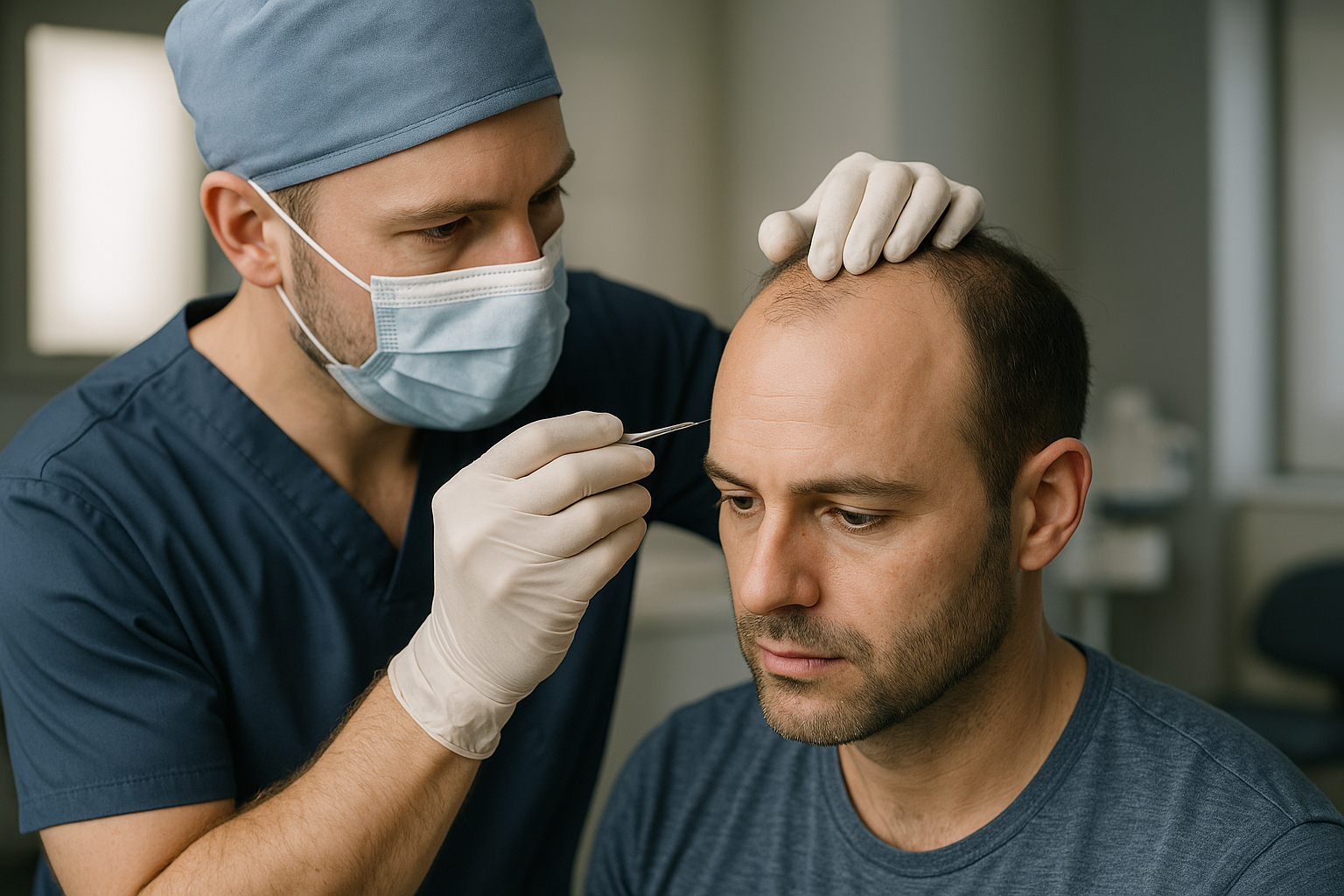Labiaplasty Insights: What It Is and How It Functions
Labiaplasty is a surgical procedure designed to reshape or reduce the size of the labia minora or labia majora. This intimate surgical option has gained attention as more women seek solutions for physical discomfort, aesthetic concerns, or functional issues. Understanding the procedure, recovery process, and important considerations can help individuals make informed decisions about this personal healthcare choice.

Labiaplasty represents a specialized area of cosmetic and reconstructive surgery that addresses concerns related to the female genital anatomy. This procedure involves surgical modification of the labia, which are the folds of skin surrounding the vaginal opening. The surgery can target either the inner lips (labia minora) or outer lips (labia majora), depending on individual needs and desired outcomes.
The decision to undergo labiaplasty often stems from various factors including physical discomfort during activities, clothing irritation, or personal aesthetic preferences. Medical literature indicates that some women experience functional issues such as pain during intercourse, difficulty with physical activities, or hygiene challenges that may be addressed through surgical intervention.
What Does the Labiaplasty Procedure Involve
The labiaplasty procedure typically involves several surgical techniques, with the most common being the trim method and the wedge method. The trim technique removes excess tissue along the edge of the labia minora, while the wedge method removes a V-shaped piece of tissue from the thickest part of the labia. The choice of technique depends on individual anatomy, desired results, and surgeon preference.
Surgery is usually performed under local anesthesia with sedation or general anesthesia, depending on the extent of the procedure. The operation typically takes one to two hours, and patients can often return home the same day. Surgeons use dissolvable sutures to close incisions, which eliminates the need for suture removal.
Finding Qualified Labiaplasty Doctors
Selecting an appropriate surgeon is crucial for achieving safe and satisfactory results. Board-certified plastic surgeons or gynecologists with specific training in genital surgery are typically the most qualified practitioners for labiaplasty procedures. Patients should verify credentials through professional medical boards and review before-and-after photos of previous work.
During consultations, qualified surgeons will discuss realistic expectations, potential risks, and recovery requirements. They should also explain different surgical techniques and help determine which approach best suits individual anatomy and goals. Many practitioners offer virtual consultations to help patients understand their options before committing to in-person visits.
Important Things to Know About Labiaplasty
Recovery from labiaplasty requires careful attention to post-operative instructions. Patients typically experience swelling, bruising, and discomfort for the first week following surgery. Most individuals can return to work within three to five days, though physical activities and sexual intercourse should be avoided for four to six weeks.
Potential risks include infection, scarring, asymmetry, or changes in sensation. While serious complications are rare, patients should understand these possibilities before proceeding. Long-term satisfaction rates are generally high, with most patients reporting improved comfort and confidence following recovery.
Cost Considerations and Provider Comparison
Labiaplasty costs vary significantly based on geographic location, surgeon experience, and facility type. Understanding pricing structures helps patients make informed financial decisions about this elective procedure.
| Provider Type | Average Cost Range | Key Features |
|---|---|---|
| Board-Certified Plastic Surgeons | $3,000 - $8,000 | Comprehensive training, hospital privileges |
| Specialized Gynecologists | $2,500 - $6,500 | Intimate anatomy expertise, medical focus |
| Cosmetic Surgery Centers | $2,000 - $5,500 | Competitive pricing, package deals |
| Academic Medical Centers | $3,500 - $7,500 | Research-based approaches, resident training |
Prices, rates, or cost estimates mentioned in this article are based on the latest available information but may change over time. Independent research is advised before making financial decisions.
Additional expenses may include anesthesia fees, facility costs, and post-operative care supplies. Many surgeons offer financing options or payment plans to help manage costs. Insurance typically does not cover labiaplasty when performed for cosmetic reasons, though some cases involving functional impairment may qualify for partial coverage.
Recovery and Long-Term Outcomes
Successful labiaplasty recovery depends on following post-operative care instructions and attending scheduled follow-up appointments. Patients should expect gradual healing over several months, with final results becoming apparent after swelling completely subsides.
Most women report high satisfaction levels following labiaplasty, particularly regarding improved comfort during physical activities and increased confidence in intimate situations. However, realistic expectations and thorough pre-operative discussions with qualified surgeons remain essential for achieving desired outcomes.
Labiaplasty represents a personal healthcare decision that requires careful consideration of benefits, risks, and individual circumstances. Consulting with board-certified surgeons and thoroughly researching options helps ensure informed decision-making about this intimate surgical procedure.
This article is for informational purposes only and should not be considered medical advice. Please consult a qualified healthcare professional for personalized guidance and treatment.




